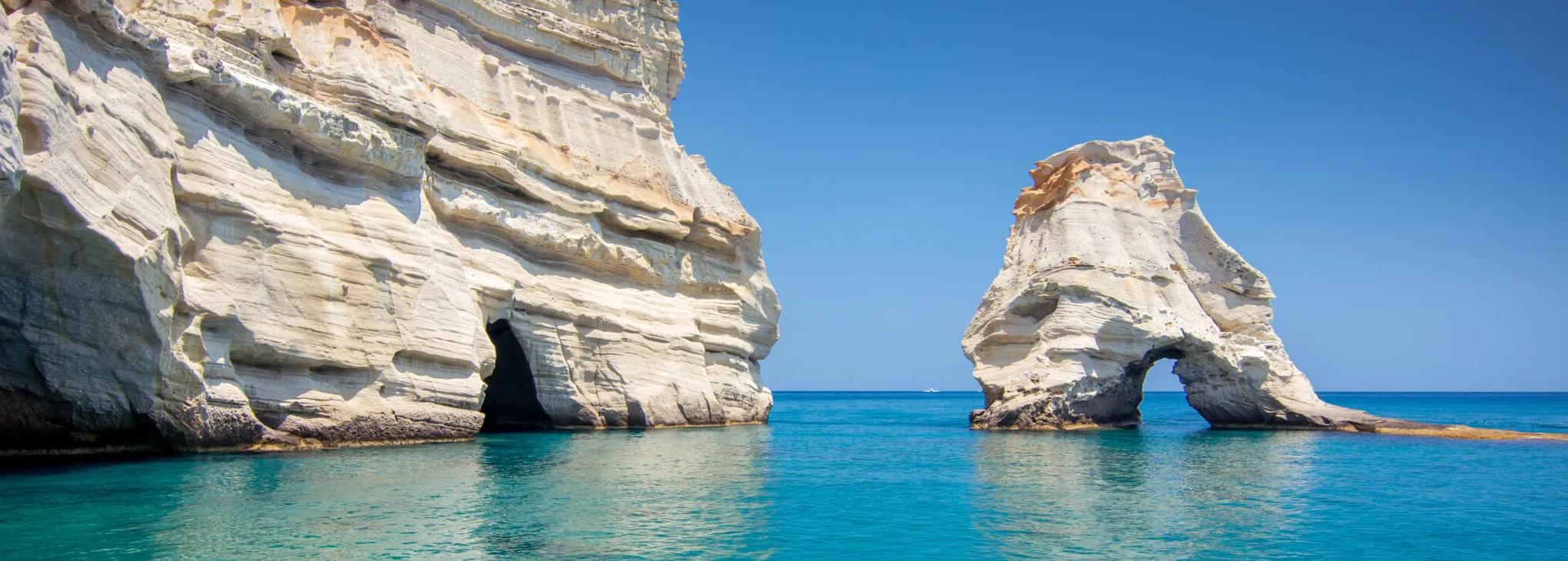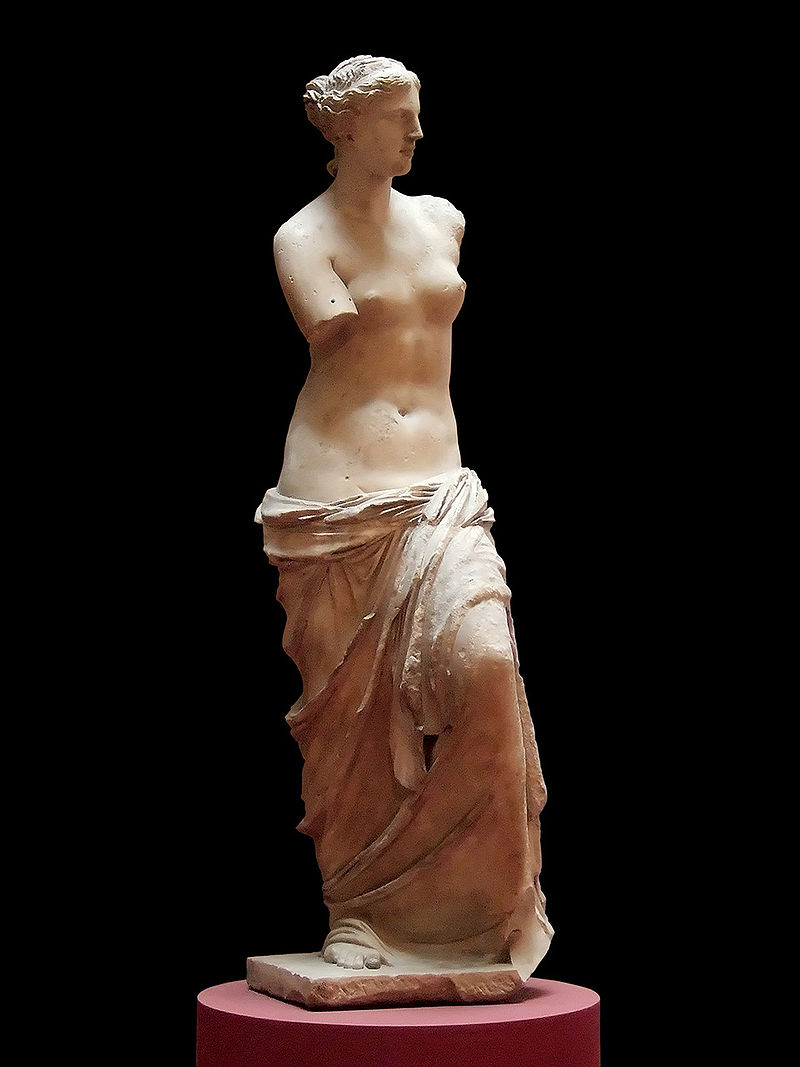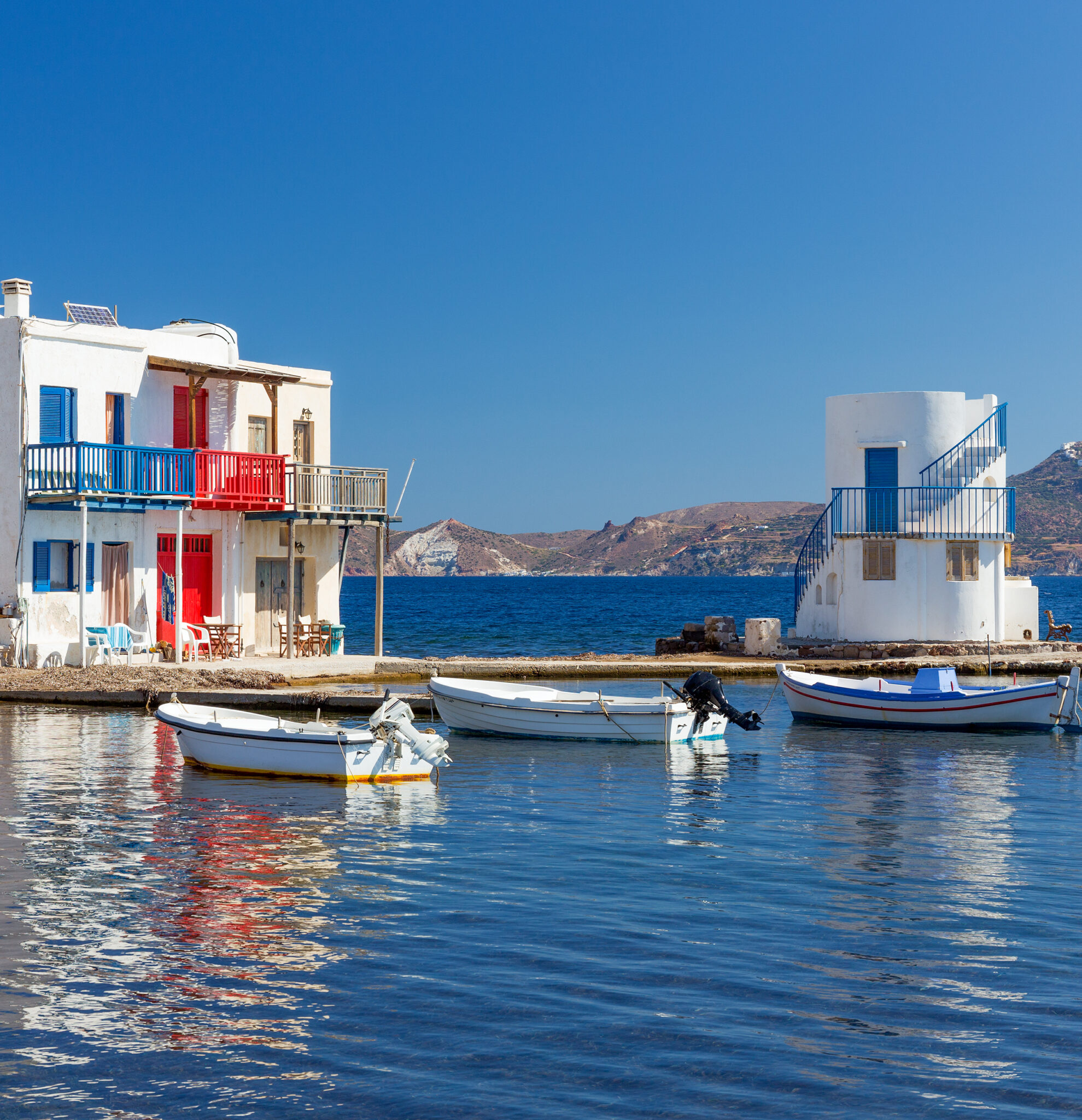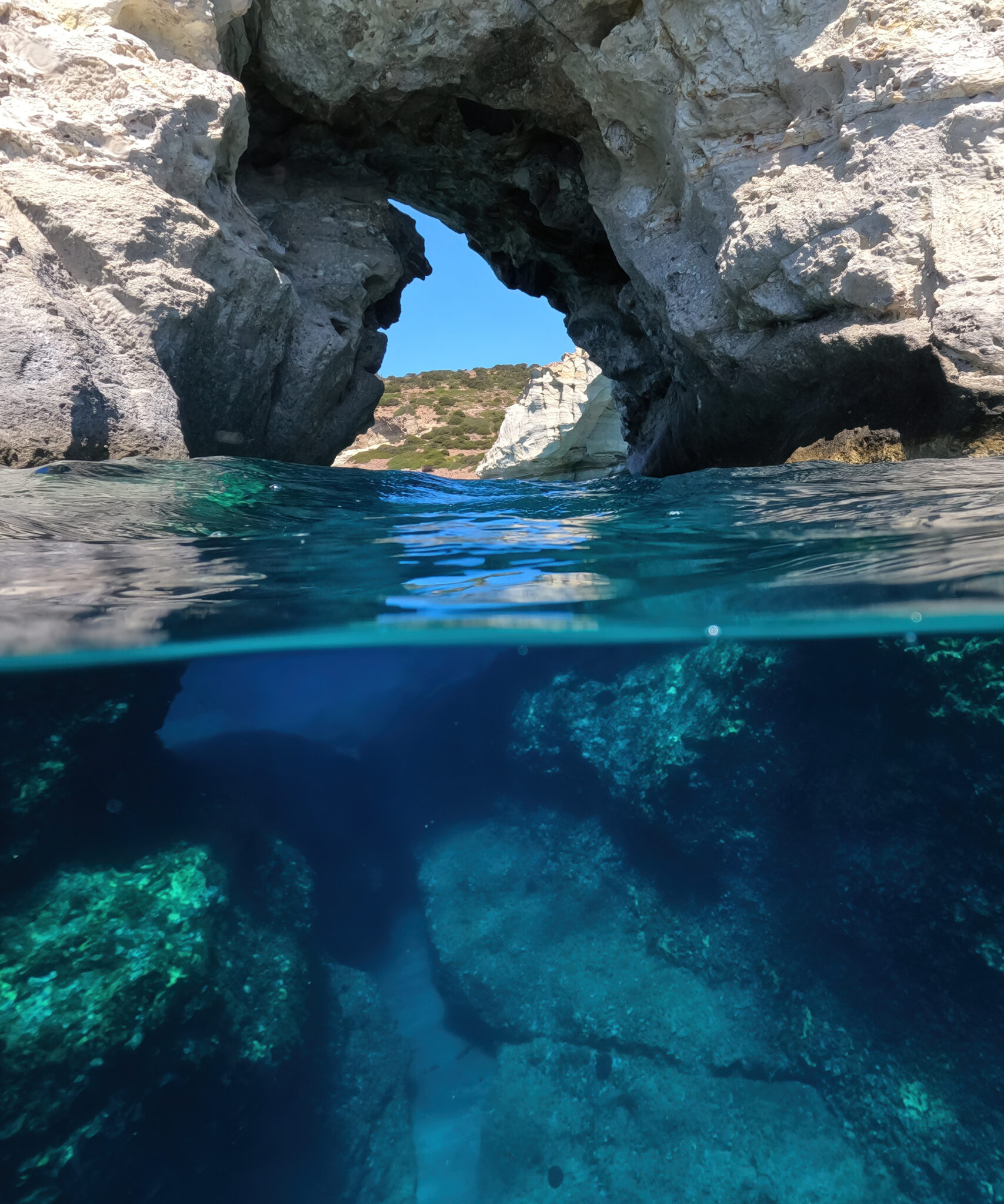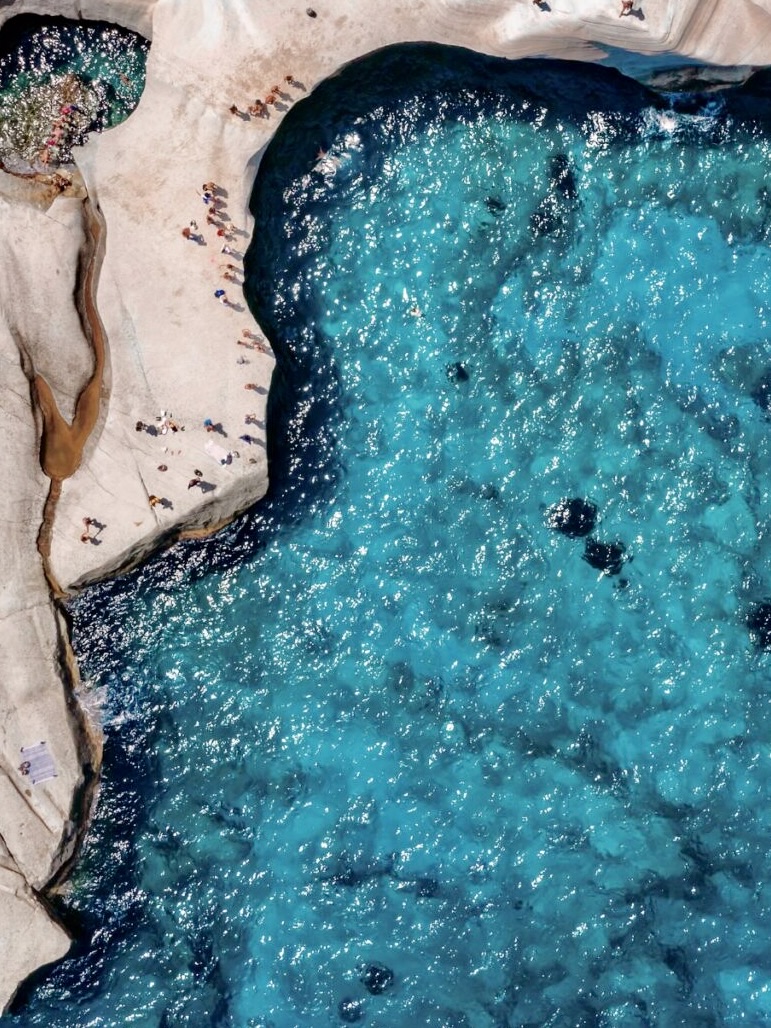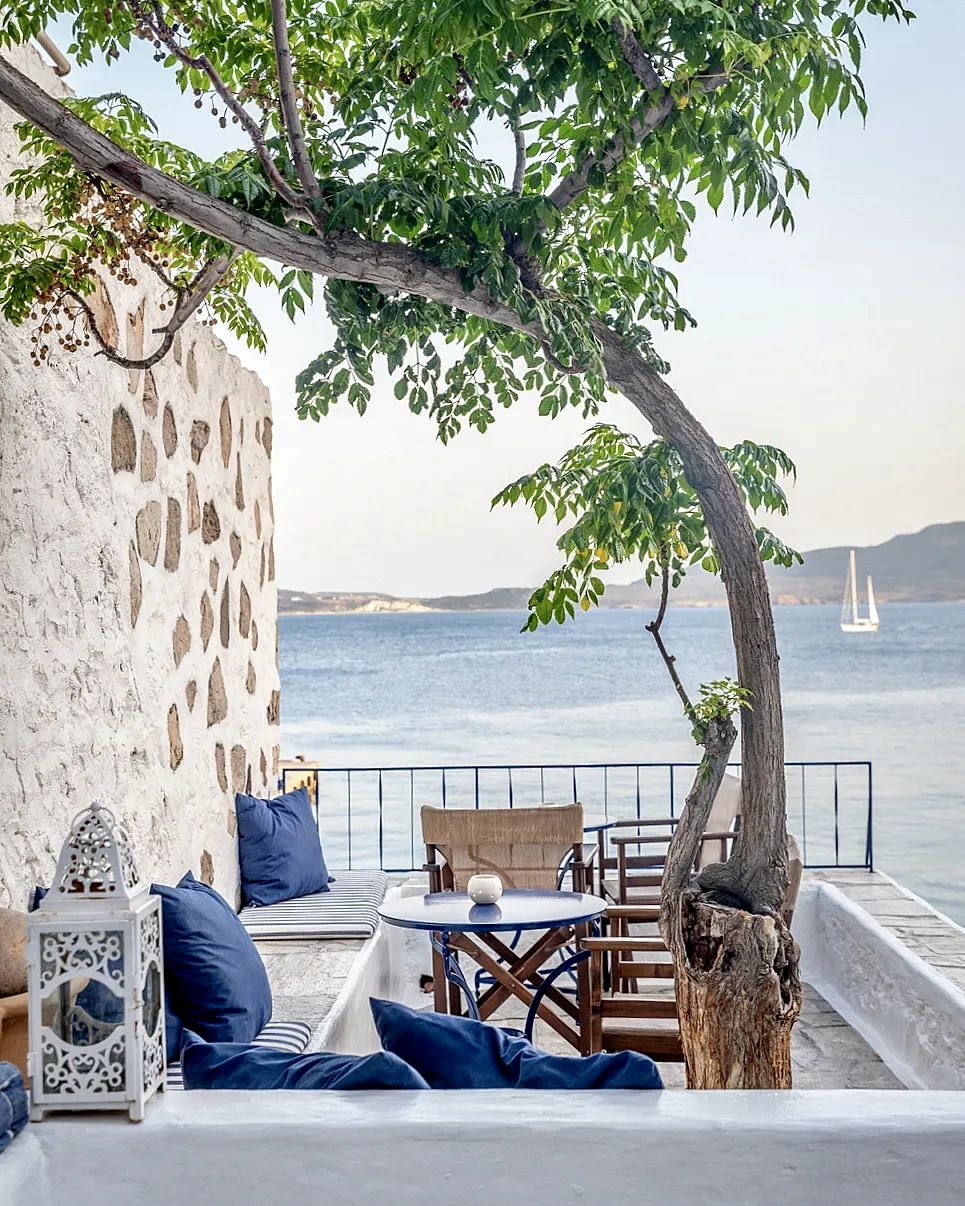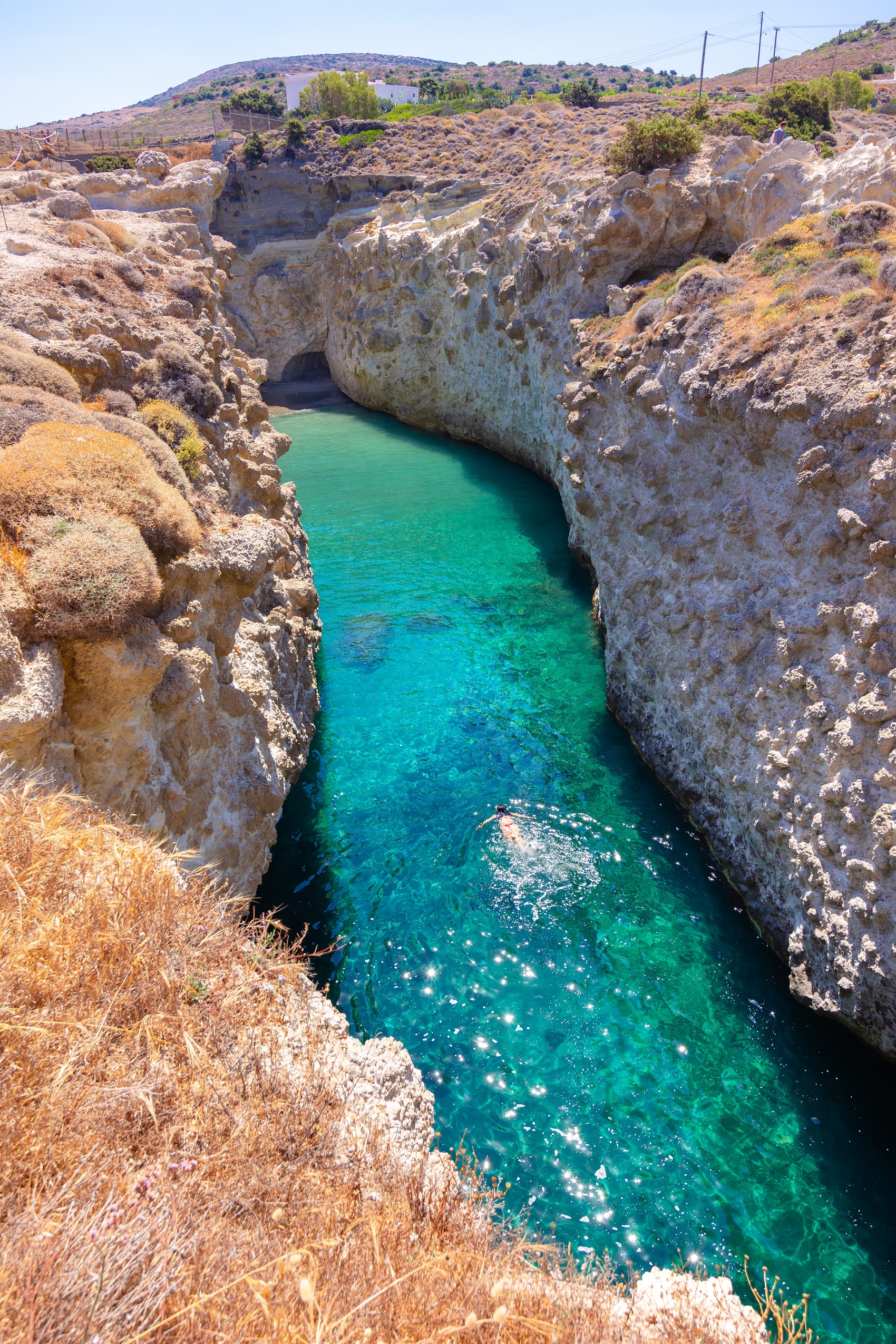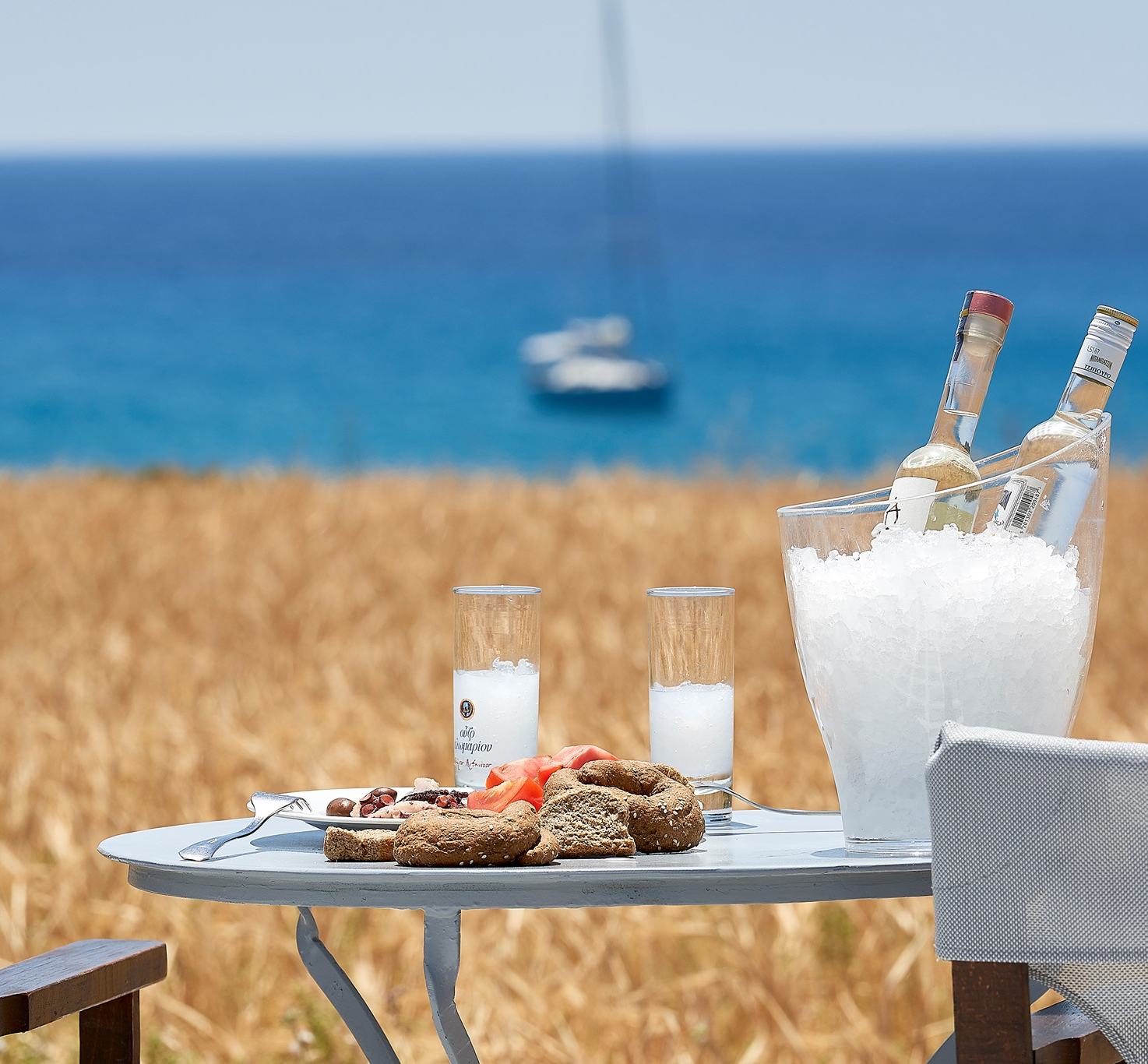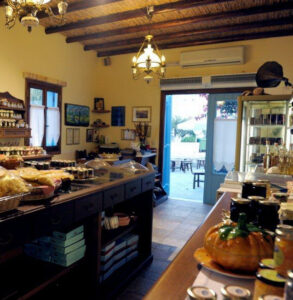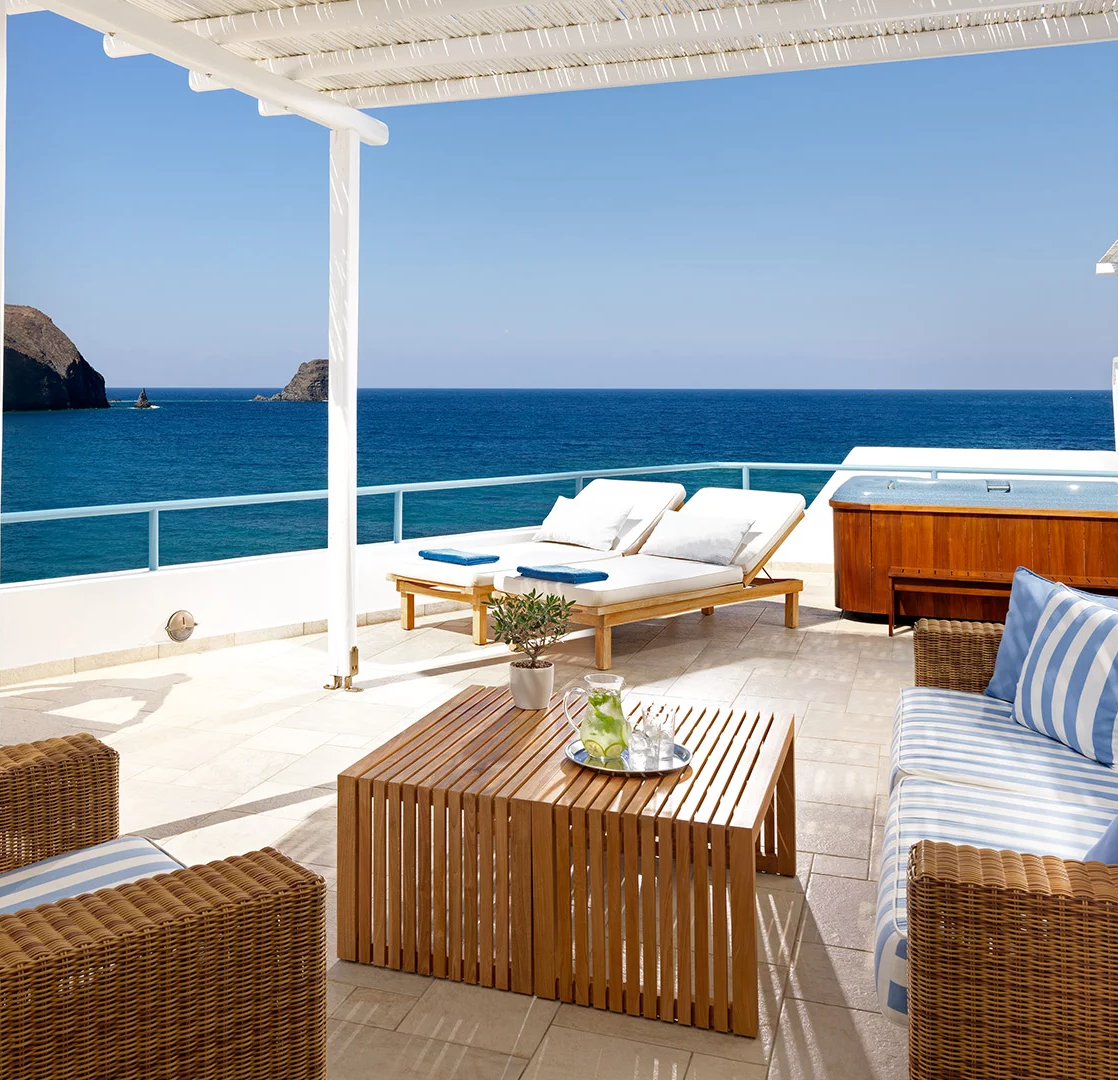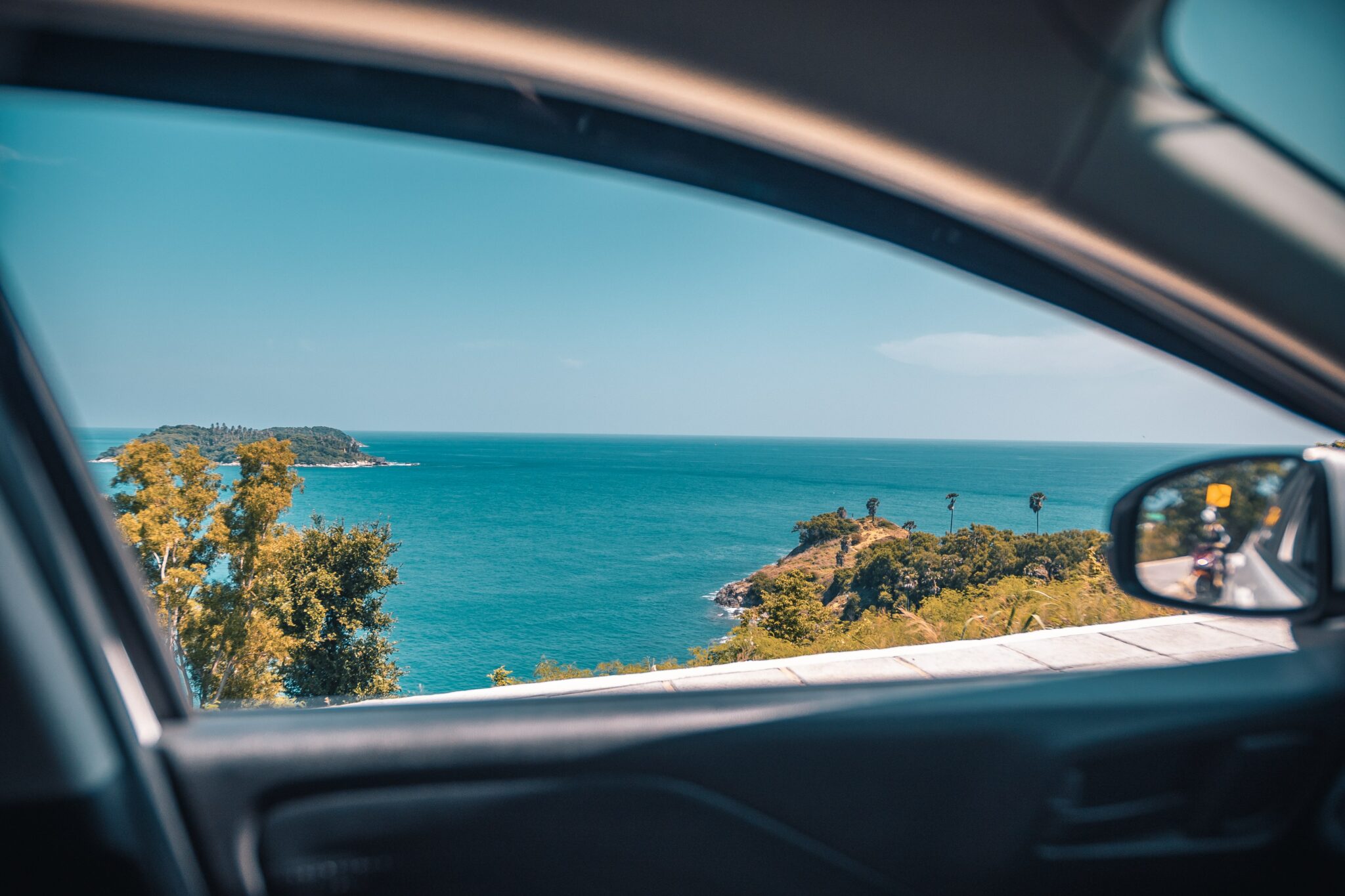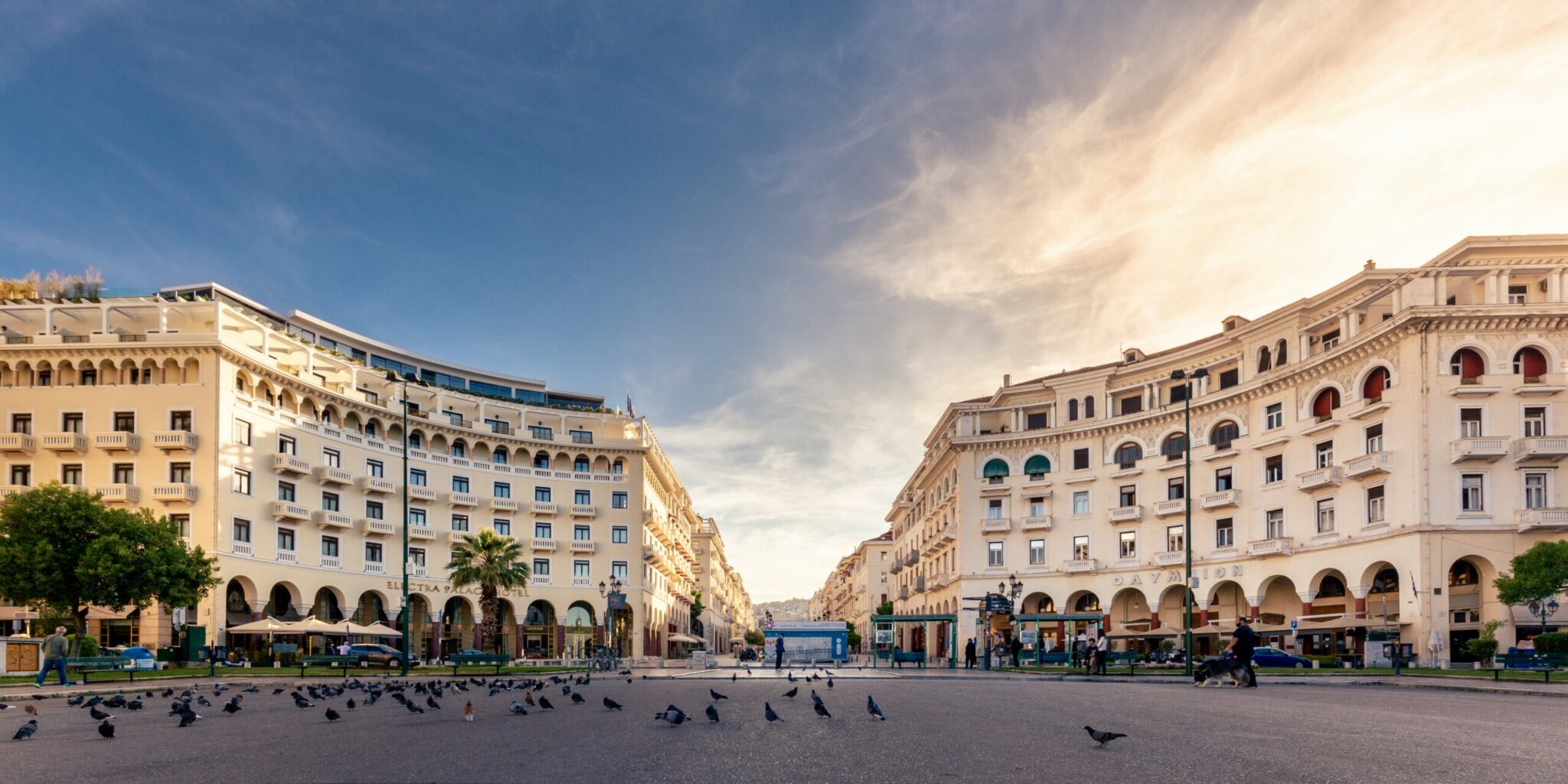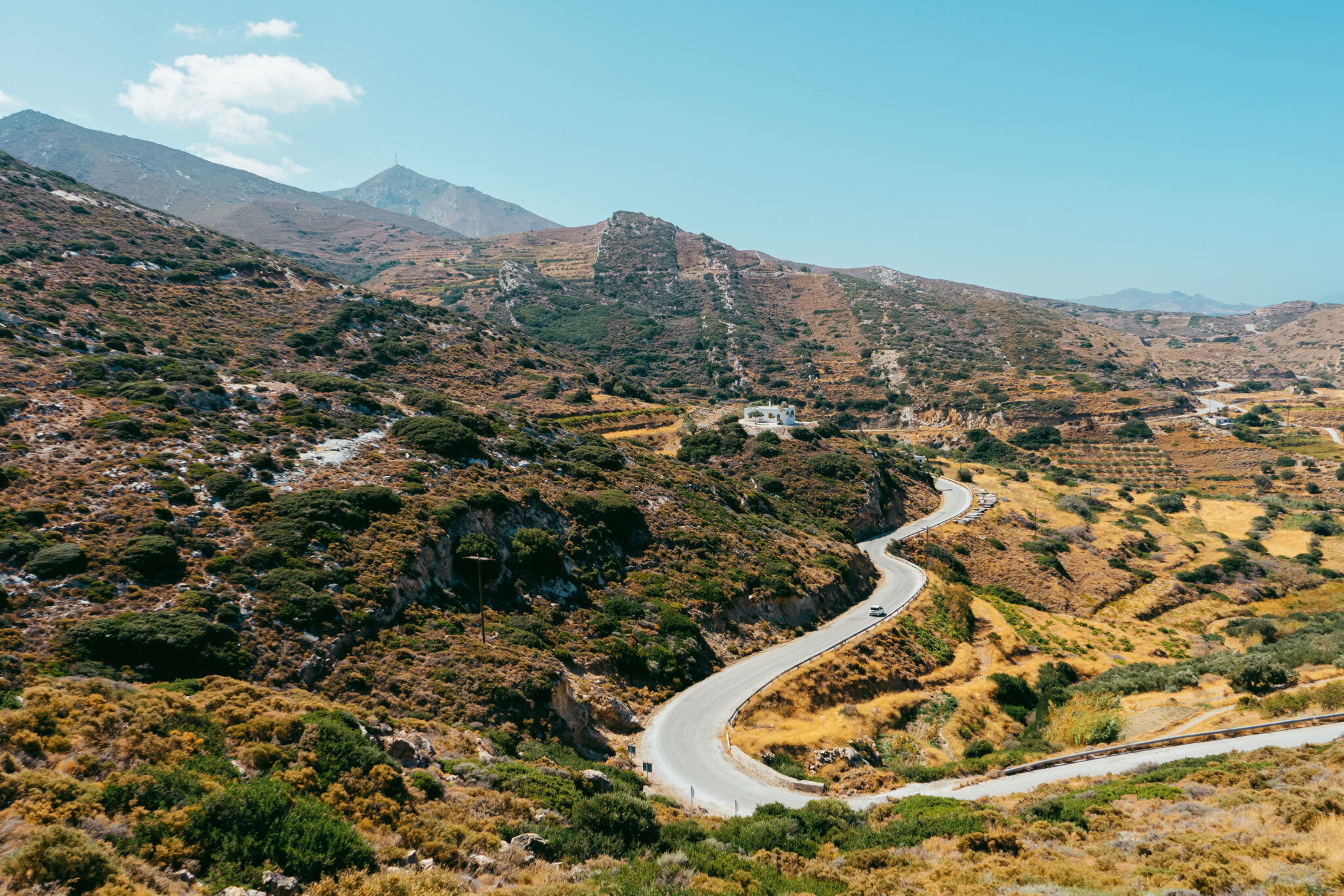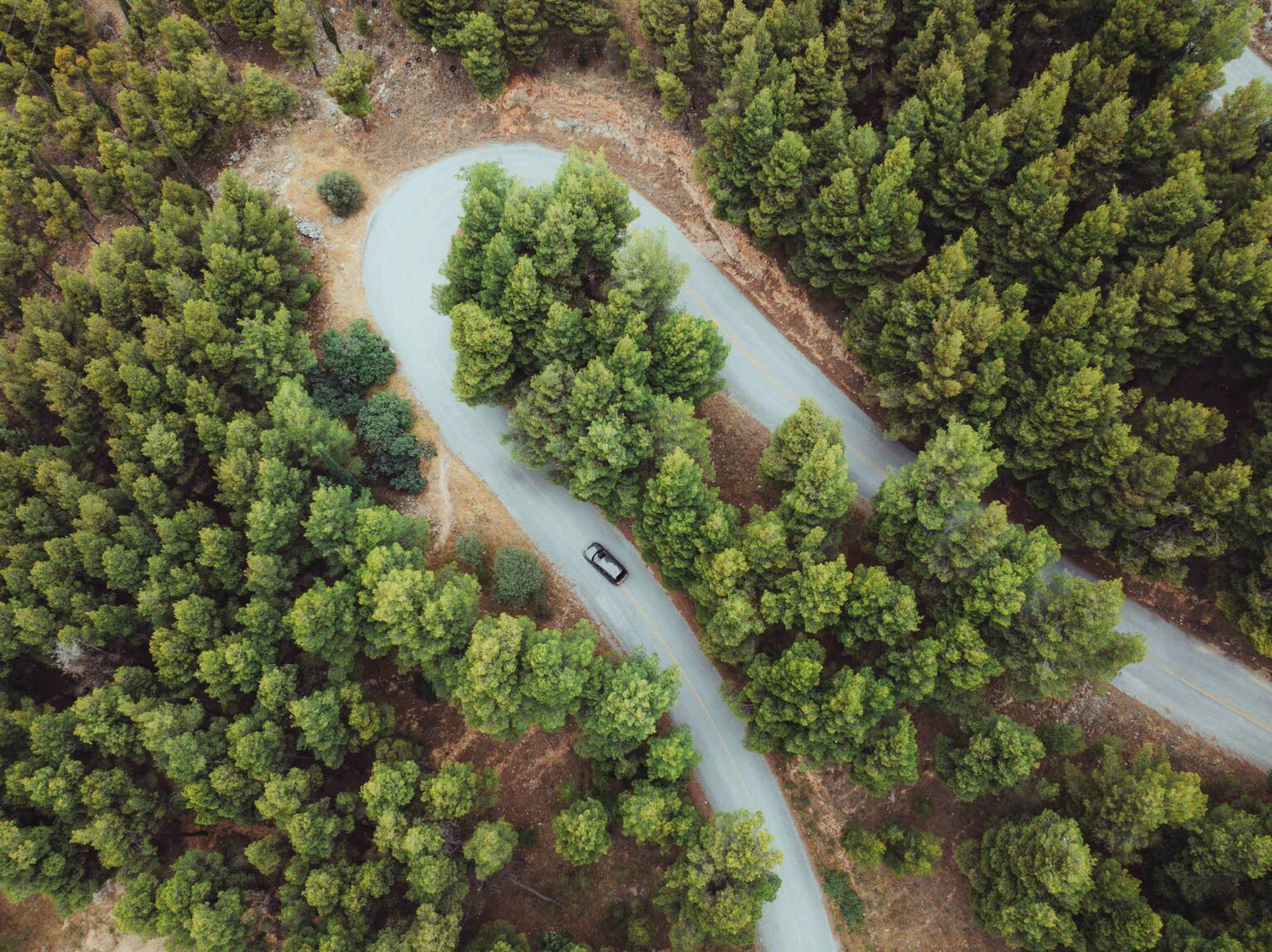An island wrestled from the centre of the earth through earthquakes and volcanic eruptions, Milos bears the battle scars of its unique geological composition with pride. Millions of years of underwater activity have piled lava upon lava in magical layers and multicoloured striations creating a fascinating landscape strewn with mineral deposits that have shaped the island history for thousands of years. A trade in Obsidian began in Neolithic times while Pliny spoke of Sulphur to rival any, and extraction of Kaolin, Bentonite and Perlite continues to this day.
It is a landscape that sets it apart from its Cycladic neighbours; it is an intriguing outdoor geological museum with free entrance. Life is centred mainly in the north of the island; in the busy port of Adamas, in the capital of Plaka with its Venetian castle, and in Pollonia, a lively fishing village. The south has many of the most noteworthy beaches, while to the west much of the island lies uninhabited as part of the Natura 2000 programme.
The fifth largest of the Cyclades, visitors are drawn to this kaleidoscopic curiosity to explore multi-hued cliffs, to swim from boats among towering sea stacks, and to wander the diverse shores. It is an island of bone-white rock sculptured by time, of hidden pirate lairs, the island of our timeless beauty Venus surrounded by sparkling seas and where nature is explosively expressive. The most unique of the southwest Cyclades, its lunar landscape is otherworldly and enigmatic and while it has been off the radar for many years, Milos is now one of the must-see destinations in the Aegean.



